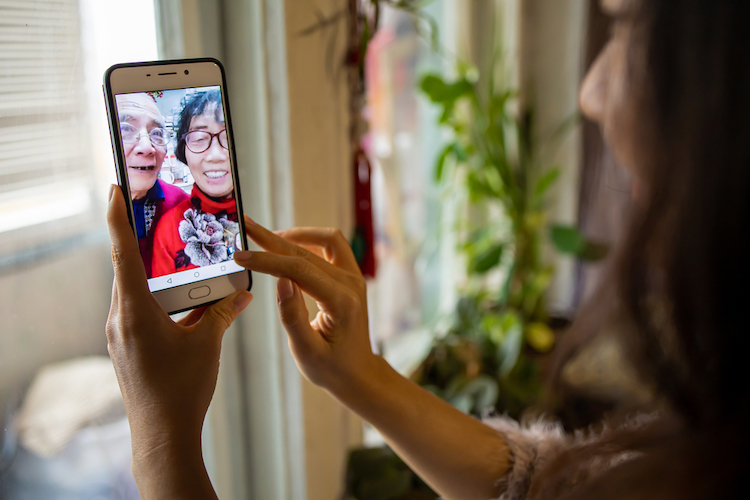Technology gives people choices they never had before, including the ability to age in place safely at home. Today, a wide range of technological devices for seniors offer everything from wireless sensors that detect falls to talking clocks that remind people to take their meds. A variety of free and low-cost smartphone apps track medical appointments, create grocery lists, and provide caregiving advice.
In addition, new smart home technology makes it easy for families to monitor their loved ones’ safety, especially when a senior living alone has dementia. One of my clients, Steve, is 79 years old, lives in his own home, and has mild cognitive impairment. The pandemic has made it difficult for his adult children, both of whom live out of state, to visit him as often as they would like. Steve has a home health aide who comes in several times a week, and I see Steve on a regular basis to monitor how he’s doing. However, he has at times forgotten to close and lock his doors and has burned food in the microwave. Fortunately there are technologies to address these issues.
In Steven’s case, his family purchased an inexpensive device that interrupts power to the microwave at the first sign of smoke. They also installed a smart lock that gives them smartphone alerts whenever the door is accessed or left open. They are able to use the app to unlock the door if Steve forgets his keys. Another safety measure that works well for Steve is smart lighting in his home, with lights triggered by movement. The outside and living room lights are set on a schedule to turn on at sunset, and motion sensors turn on hallway lights if Steve gets up in the night.
Contact sensors were also installed on the front and back doors and windows, and these send alerts to the family’s smartphone if they stay open for too long. Steve has been receptive to these technologies, although he doesn’t feel at this time that indoor security cameras are necessary. Some of my clients have also used bed alarm systems that detect when the person is no longer in the bed, and it sends an alert to the caregiver. Another of my clients, an individual with multiple sclerosis who cannot transfer on his own, is considering an AgileLife transfer and mobility system, which eliminates lifting. The system enables him to easily complete a transfer within two minutes, with minimal assistance from wheelchair to bed, bed to commode, or chair to bed.
While these emerging technologies can’t reduce all risks, they can enable individuals to live more independently and prevent or delay placement in a facility. If you’re a family member concerned with keeping an older adult safe at home, I can do a comprehensive assessment of the individual’s situation, make recommendations for the services and technologies available, and monitor how things go.

